Roy had brought up an interesting point though. Up until the landing of that fish, the session had been enjoyable from a fishing point of view, but thoroughly middling on the results front. We were fishing a familiar north coast rock mark, one very typical of this area with a healthy section of reef immediately in front and clean sandy ground beyond. Roy had feathered up a few mackerel to begin with and we'd then set about flinging an assortment of baits into the unusually strong run of tide that was steaming laterally across the face of the mark. Roy had been first into the action, reeling in a dogfish along with what looked like a decent flatfish that dropped off just before it broke surface. I got a fair look at it and it appeared for all the world like a very nice dab. A pity. We'd noticed a female seal knocking around but not long after the loss of the flattie, an enormous bull seal appeared from the bay to our right and made his way a few hundred yards out to sea before disappearing. We caught sight of him again five minutes later, swimming back towards the rocks with what was clearly a fish of some sort in his mouth. Zooming in with my camera, I could see that our blubbery friend had caught himself a small ray and was now in the process of devouring it at his leisure. I think we were half-encouraged at the knowledge that at least there were probably some ray out there, although this was tempered by the worry that if we were to hook one, it stood a good chance of being snaffled by a seal on the way in.
We never hooked any ray. Nor did we catch any smoothhounds, which is what we were really there for. We caught a few more dogfish (naturally), but as darkness fell, we both flicked big mackerel baits in short with huss in mind. It wasn't long before Roy's rod jagged down and he winched up a small strap, whereas my first cast resulted in the mackerel head being removed from my hook without me seeing anything. I spotted a good take on my next lob however, and a hard strike bent the Century C Curve into something more substantial than the murgys we'd been catching. As usual, the Century rod and Shimano fixed spool made short work of the fight and soon a decent huss was lying on the surface below us. This would need to be walked around to the left to be landed, and it was during the process of doing this that the huss decided it didn't feel like being caught and spat out the bait that it had clearly just been holding in its jaws. This is so typical of my experience of huss and my relationship with the species that it didn't bother me that much, although I did make a mental note to give the next fish some slack line and some more time.
Luckily, the next cast was met with a good aggressive bite that I instantly gave a few feet of slack to. The fish started to make off with the bait and the strike was met with the same firm resistance of what was clearly another sizable unit. Again I horsed it in quickly to the side, steering it round to the sloping rock where Roy was waiting. This time the hookhold was good and we soon landed a nicely-proportioned fish on the wrack-dotted surface. After its cooling-off time, the huss made 13lbs 4oz on my scales; a nice fish for this mark, and was followed up on the next cast by a smaller example of perhaps 8lbs that I released quickly. We both packed up soon after, Roy having work early in the morning. The huss had seemingly not come across his baits, although my positioning on the mark meant that I had a lot more of the reef to play with and this was almost certainly why things had played out more in my favour. If the hounds had showed up, prior experience of this place indicates that Roy would have been better positioned for them, and so it goes.
I do believe that you don't necessarily need to catch fish to find value in fishing... but it certainly helps! It can be disheartening when things don't necessarily play out as we anticipate, but it's important to block out negativity and remember that just one bite can be the difference between a session that is forgotten by the end of the drive home, and a memory that lasts a lifetime. Although this session probably won't make it into my more treasured fishing flashbacks, it did leave me fulfilled and full of hope for a better year on my native north coast than the last one. The signs are mostly positive so far and I'm excited to see how the rest of the year unfolds.
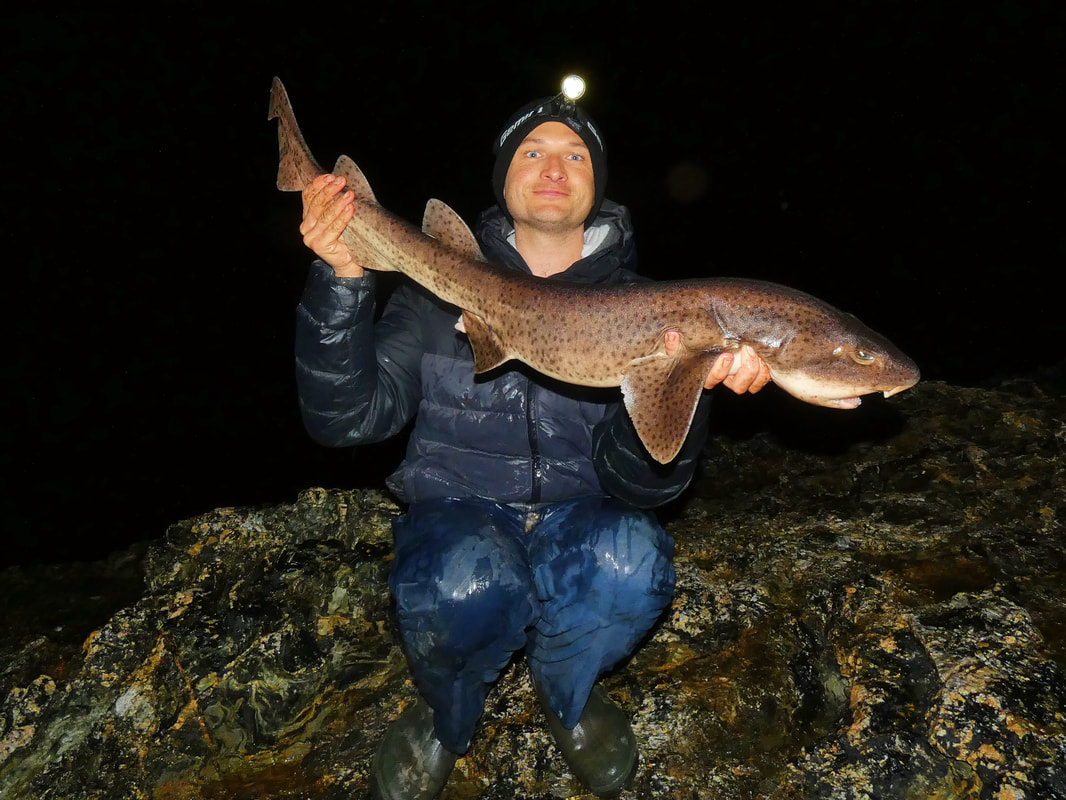
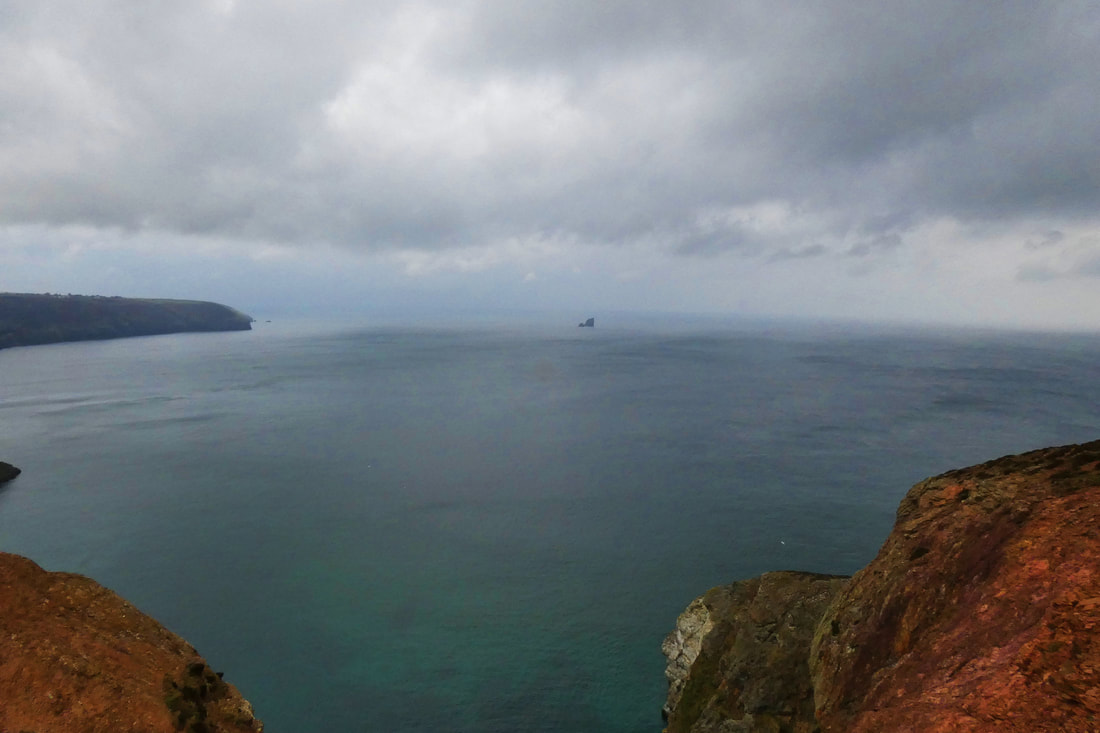
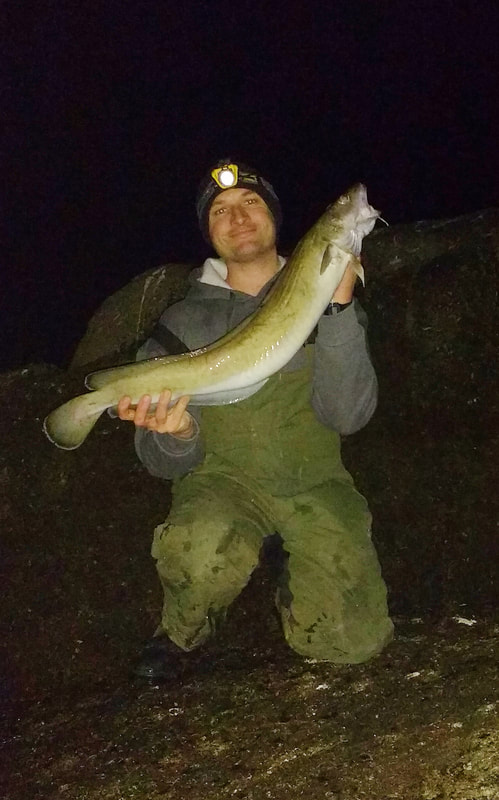
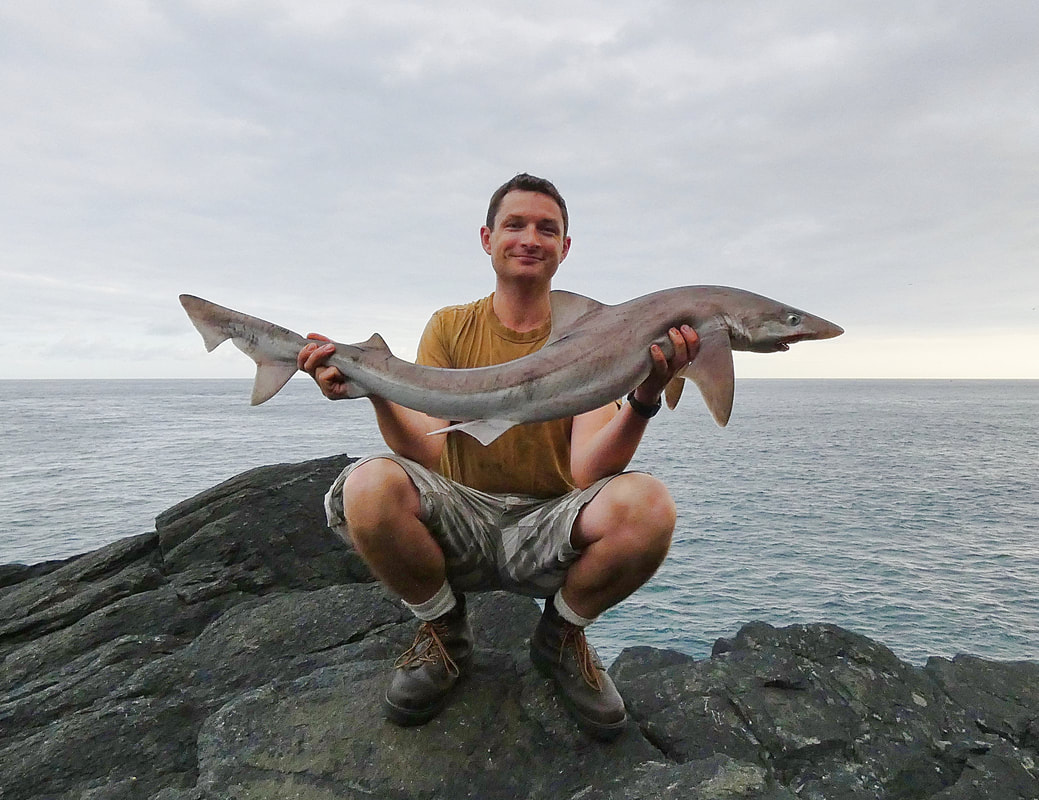
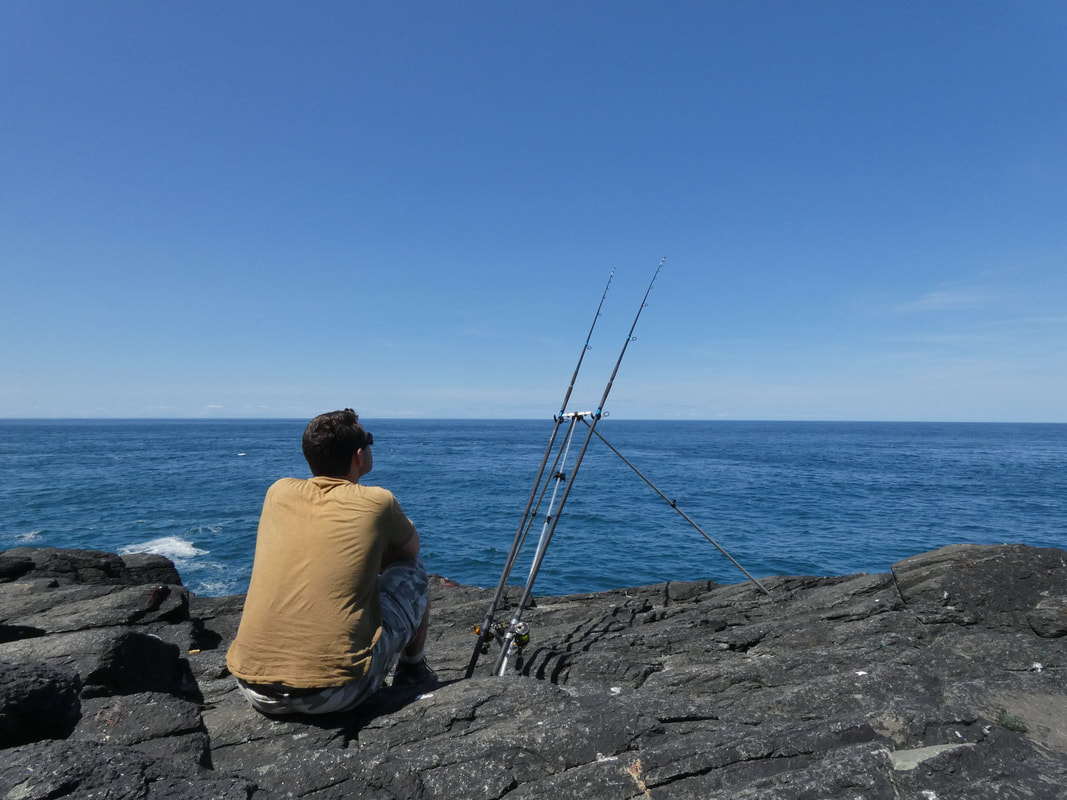
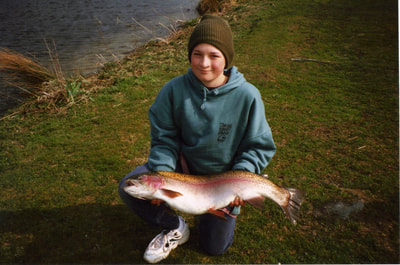
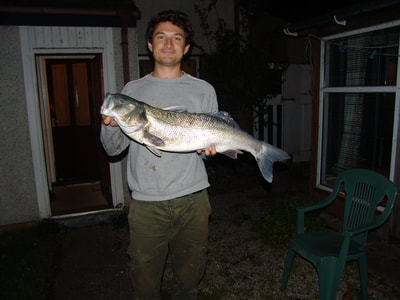
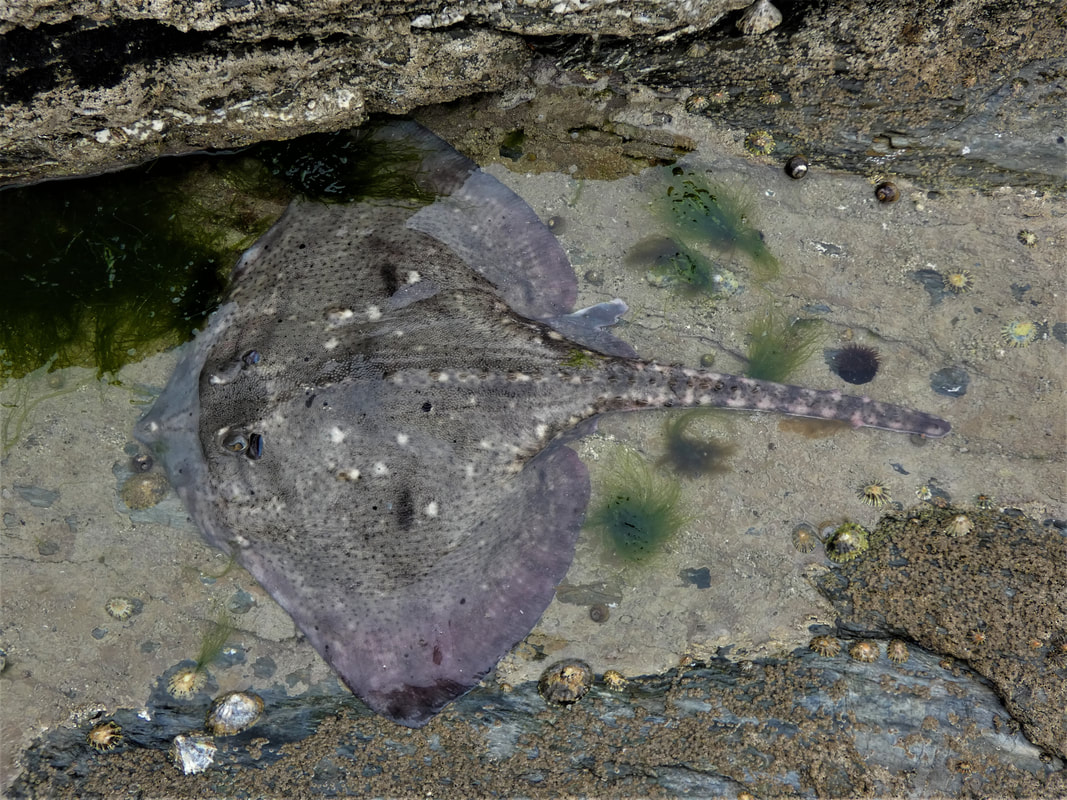
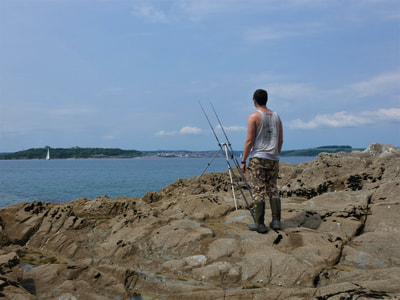
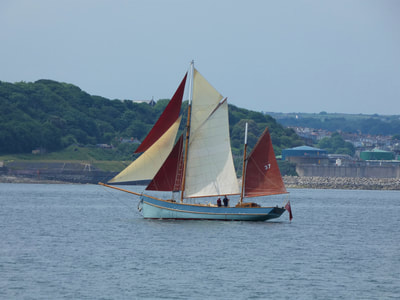
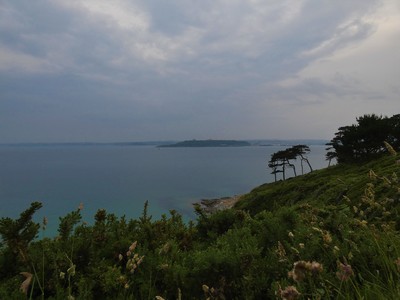
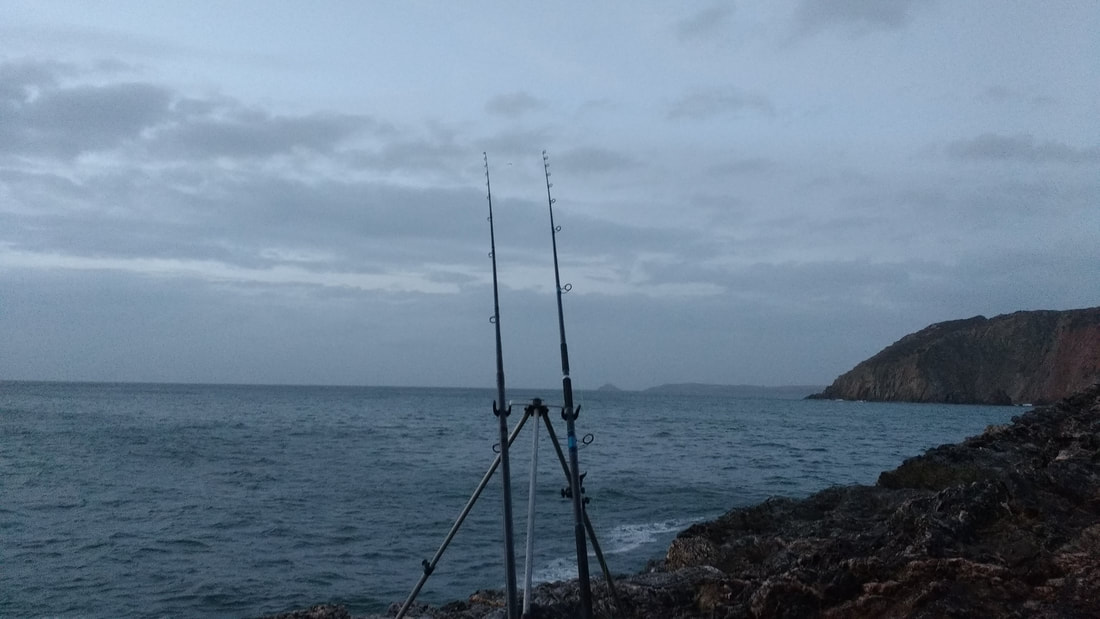
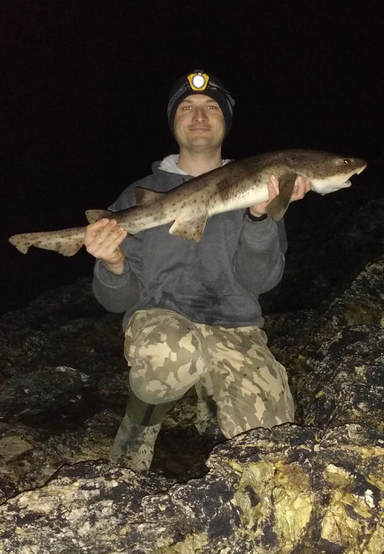
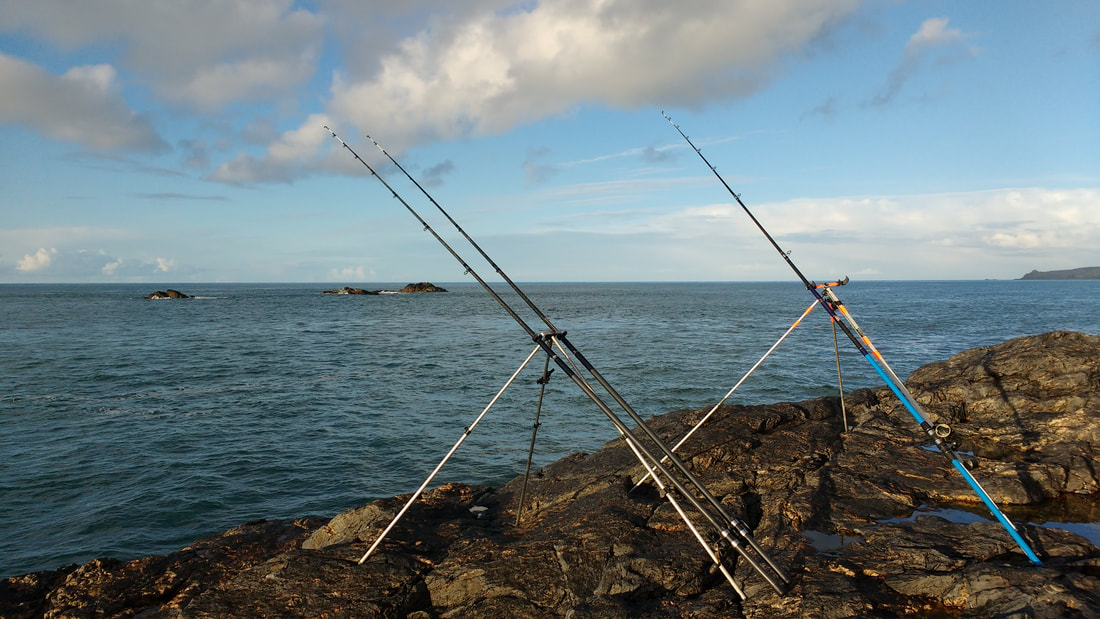
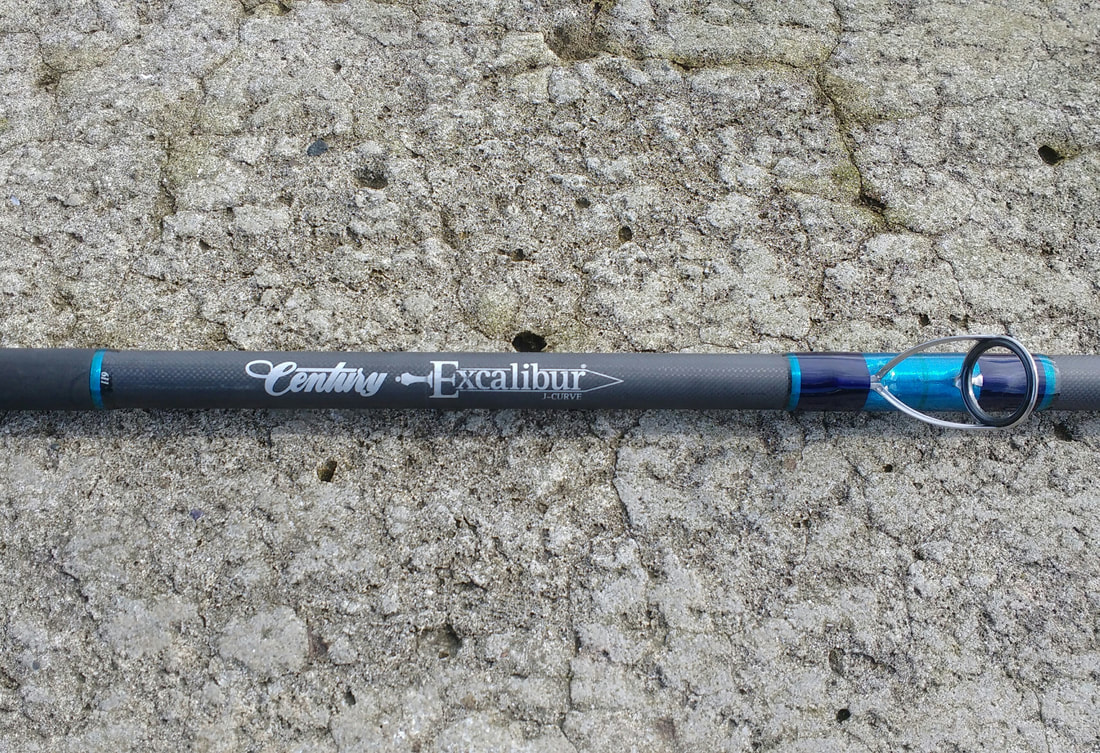
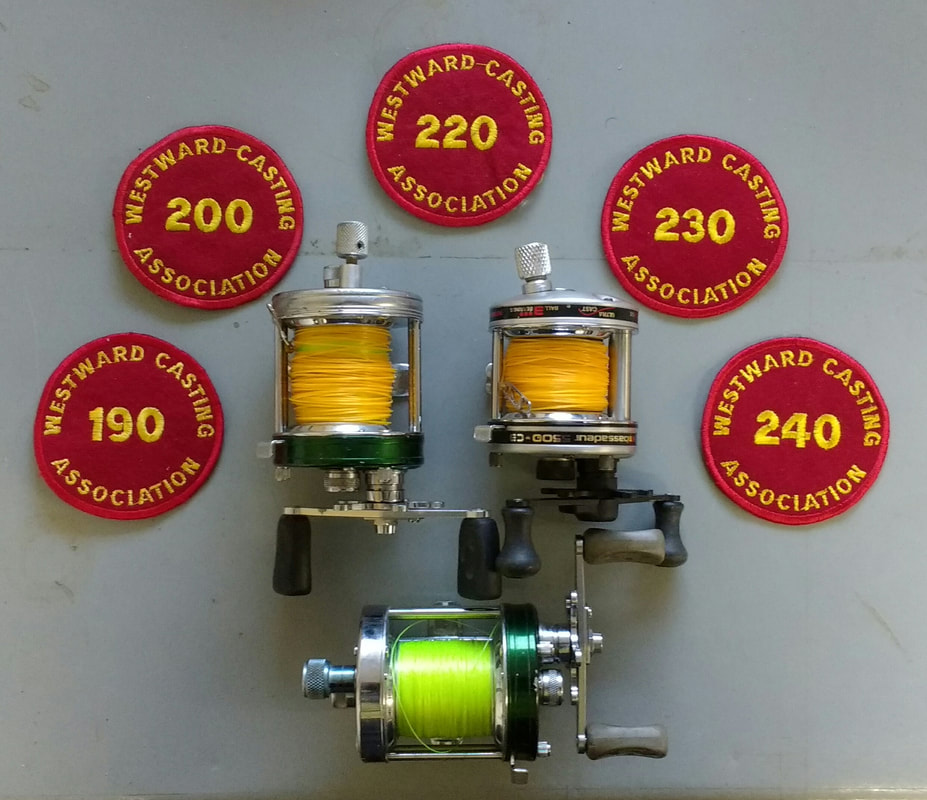
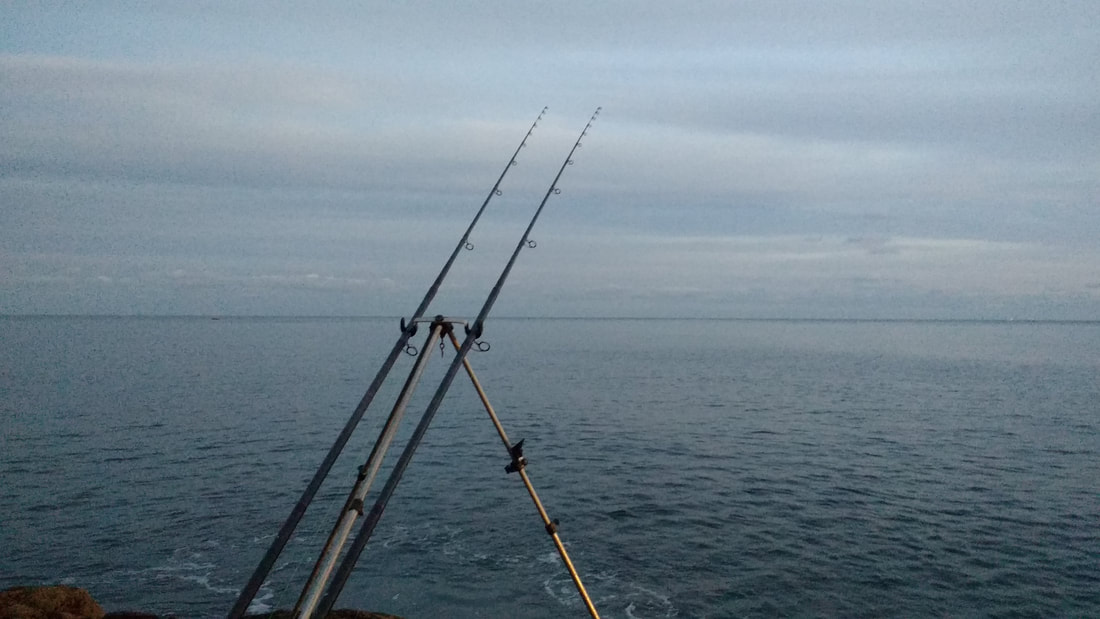
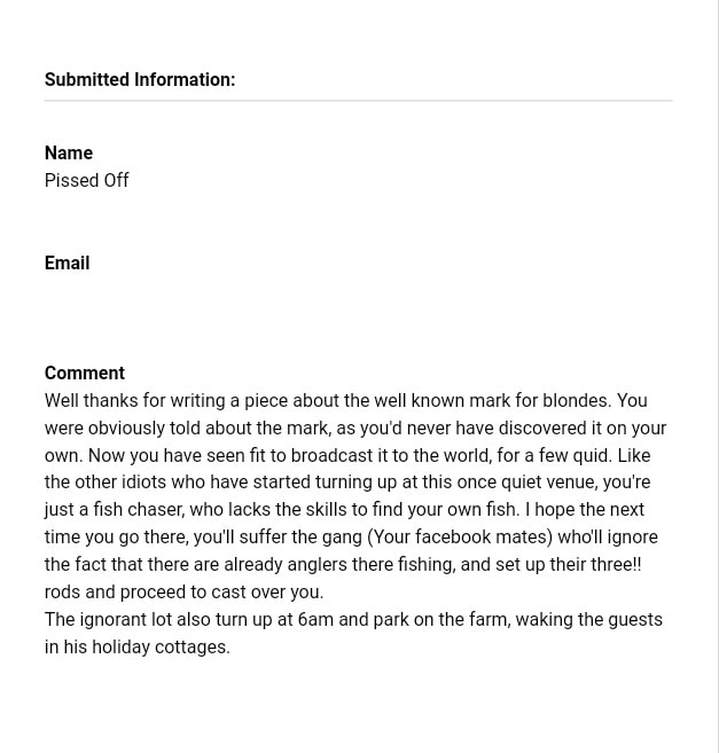
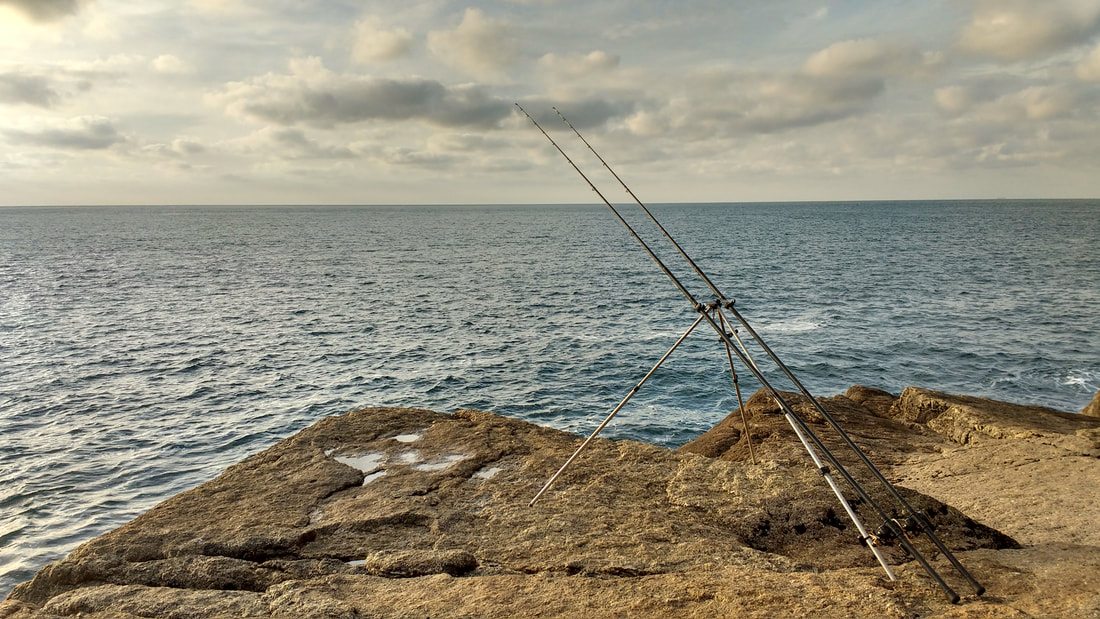
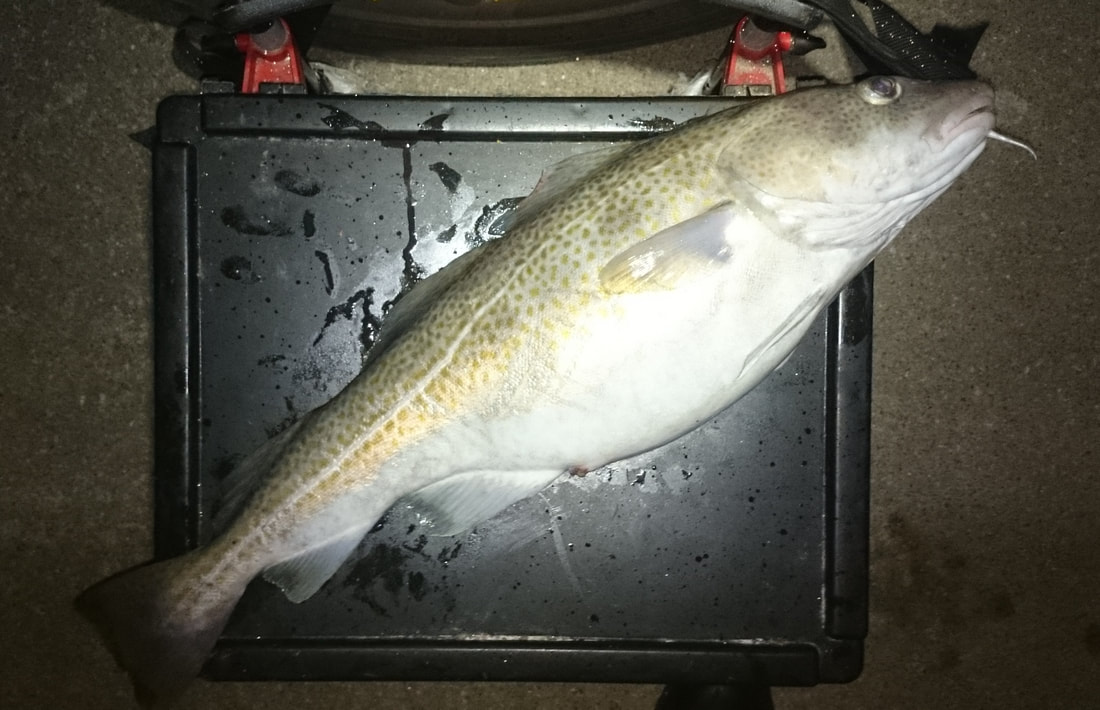
 RSS Feed
RSS Feed
